Non-Surgical Blog
Can You Exercise Safely After Shockwave Therapy?
June 7, 2025

- Shockwave therapy is a non-invasive treatment option for chronic pain, particularly effective for conditions like plantar fasciitis and Achilles tendinopathy.
- It is generally safe, but understanding the potential side effects and following post-treatment guidelines are crucial.
- While you can engage in light activities post-treatment, strenuous exercise is discouraged immediately after shockwave therapy.
- The recovery period might vary depending on the individual and the treated area. Your doctor’s advice remains paramount.
- This blog post offers insights into exercising safely after shockwave therapy, guiding you toward a healthy recovery.
Shockwave therapy has emerged as an effective treatment for chronic pain, offering relief for various musculoskeletal conditions. It involves delivering acoustic waves to the targeted treatment area, stimulating healing and reducing pain. However, like any medical procedure, it is essential to understand the recovery process and how soon you can resume exercising after shockwave therapy.
Understanding Shockwave Therapy
Shockwave therapy, also known as extracorporeal shockwave therapy (ESWT), is a non-invasive procedure using targeted pressure waves to trigger the body’s natural healing processes. Unlike surgeries or injections, ESWT works externally, making it a desirable option for many seeking pain relief.
This therapy promotes healing by increasing blood flow to the injured tissues, reducing inflammation, and promoting tissue regeneration. While the exact mechanisms are still being studied, the effectiveness of shockwave therapy for various musculoskeletal conditions is well-documented.
What is Shockwave Therapy?
Shockwave therapy, or extracorporeal shockwave therapy (ESWT), is a non-invasive treatment option that utilizes pressure waves to address various musculoskeletal conditions. These pressure waves are delivered to the targeted area using a handheld device, penetrating the skin without causing any damage.
ESWT differs from other treatment modalities like ultrasound therapy. While ultrasound employs sound waves, shockwave therapy utilizes high-energy pressure waves. This distinction is crucial, as pressure waves in ESWT have a more profound impact on the targeted tissues, stimulating a healing response.
Instead of masking the pain, shockwave therapy aims to address the root cause of the issue. The pressure waves create micro-traumas in the treated area, triggering the body’s natural healing cascade. This process encourages increased blood flow, reduces inflammation, and promotes tissue regeneration—ultimately leading to pain relief and improved functionality.
How Does Shockwave Therapy Work?
Shockwave therapy, unlike traditional sound wave therapies, utilizes a unique mechanism to accelerate healing. Instead of just using sound waves, it employs a focused, high-energy mechanical force delivered in short pulses. These pulses, applied externally, create micro-traumas within the targeted tissue, prompting a cascade of biological responses.
The induced micro-traumas might sound counterintuitive, but they play a vital role in kickstarting the body’s self-repair mechanisms. As the body responds to these micro-traumas, blood flow to the affected area increases, bringing essential nutrients and oxygen necessary for healing.
Moreover, this process stimulates the production of growth factors, proteins that play a critical role in cellular repair and tissue regeneration. The combined effect of increased blood circulation, reduced inflammation, and stimulated growth factors contributes to long-term pain relief and improved tissue function.
Benefits of Shockwave Therapy
One of the significant benefits of shockwave therapy is its non-invasive nature, eliminating the risks and recovery time associated with surgery. Patients appreciate the short treatment sessions and the fact that it doesn’t involve injections or medications, reducing the chances of adverse reactions.
Furthermore, shockwave therapy boasts a high success rate in treating various musculoskeletal conditions, such as plantar fasciitis, Achilles tendinopathy, tennis elbow, and jumper’s knee. Its effectiveness in promoting the body’s natural healing capabilities makes it a preferred treatment option for both acute and chronic pain.
Common Uses of Shockwave Therapy in Medical Treatment
Shockwave therapy has gained significant traction in addressing a range of medical conditions, particularly those involving musculoskeletal pain and dysfunction. Plantar fasciitis, a common cause of heel pain, responds well to shockwave treatment, as it effectively targets inflammation and promotes healing of the plantar fascia ligament.
Similarly, Achilles tendinopathy, an overuse injury affecting the Achilles tendon, sees promising results with shockwave therapy. By stimulating blood flow and promoting tissue regeneration, ESWT aids in resolving pain and restoring tendon function.
While less common, shockwave therapy also finds application in treating kidney stones. This procedure, known as extracorporeal shock wave lithotripsy (ESWL), uses focused shockwaves to break down kidney stones into smaller fragments that can be easily passed through urine, offering a non-invasive alternative to surgery.
The Effectiveness of Shockwave Therapy in Pain Management
Shockwave therapy stands out as a viable solution for both acute and chronic pain, particularly in cases where traditional methods provide limited relief. It tackles the root cause of pain by stimulating the body’s natural healing process, rather than just masking symptoms.
Chronic pain, often associated with inflammation and impaired blood flow, can be effectively managed with shockwave therapy. The treatment’s ability to increase blood circulation and reduce inflammation contributes significantly to long-term pain relief.
What sets shockwave therapy apart is its focus on addressing the source of pain rather than providing temporary relief. By inducing micro-traumas and triggering the body’s natural healing cascade, shockwave therapy promotes lasting pain reduction and functional improvement, enhancing overall quality of life for patients suffering from chronic pain.
Safety Concerns with Shockwave Therapy
While generally considered a safe procedure, shockwave therapy, like any medical treatment, has potential side effects. Most of these are mild and transient, including temporary pain or discomfort at the treatment site, redness, or bruising. However, these usually subside within a few days.
Before opting for shockwave therapy, it’s crucial to discuss your medical history with your doctor. Individuals with certain conditions, such as bleeding disorders, nerve disorders in the treated area, or those with pacemakers, might be advised against this treatment.
Possible Side Effects of Shockwave Therapy
While generally considered safe, shockwave therapy can lead to a few side effects, although most are temporary and mild. It is crucial to remember that experiencing these side effects is not necessarily a cause for alarm; often, they are simply a normal reaction to the treatment process.
Following a shockwave therapy session, some individuals may experience a heightened level of discomfort or tenderness around the treated area. This is a typical response as the body begins its natural healing process. Other commonly reported side effects include redness, minor swelling, or slight bruising of the skin at the treatment site.
In most cases, these side effects are temporary and fade away within a few days without requiring medical intervention. However, if you encounter persistent or worsening symptoms, it’s essential to consult your healthcare provider. They can assess the situation, determine if further evaluation is needed, and offer appropriate guidance to manage any discomfort effectively.
Precautions to Take Before Undergoing Shockwave Therapy
Before commencing a course of treatment with shockwave therapy, consulting your healthcare provider is crucial. This consultation allows for a comprehensive evaluation of your medical history, ensuring you’re a suitable candidate for the procedure.
Informing your healthcare provider about any pre-existing medical conditions is vital. This includes informing them of any implanted devices, metal pins, or plates in the vicinity of the treatment area, as these might interfere with the therapy or pose potential risks.
Openly discussing your pain history, medications, and expectations for shockwave therapy is equally important. This collaborative approach ensures you are well-informed and prepared for the treatment, maximizing its effectiveness while minimizing potential complications.
Exercising After Shockwave Therapy
Knowing when and how to return to physical activity after shockwave therapy is crucial for a smooth recovery. While you might feel eager to resume your exercise regimen, it’s generally recommended to avoid strenuous activities immediately following treatment.
Your body needs time to heal and adapt after shockwave therapy. Rushing back into intense workouts can hinder the healing process, potentially exacerbating pain and delaying recovery. Therefore, understanding the recommended waiting period and appropriate exercises for your condition is crucial.
Recommended Time to Wait Before Exercising
The healing response after shockwave therapy is gradual, and resuming exercise too soon can impede this delicate process. The recommended waiting time before exercising can fluctuate based on factors such as the individual’s healing capacity, the area being treated, and the severity of their condition.
Typically, healthcare providers advise a period of relative rest for the first 24 to 48 hours following treatment. During this initial period, engaging in light activities like walking is encouraged, while strenuous exercise should be avoided to allow the healing response to initiate.
As your body progresses through the healing process, your healthcare provider may recommend incorporating specific rehabilitation exercises. These exercises are tailored to your condition, designed to restore strength, flexibility, and range of motion gradually. Adhering to their guidance and gradually increasing exercise intensity is essential for a safe and effective recovery.
Types of Exercises Recommended Post-Therapy
Post-shockwave therapy exercise recommendations vary depending on the treated area and individual needs. However, the initial focus is often on gentle movements to enhance blood flow and prevent stiffness. Light stretches and range-of-motion exercises are usually recommended.
As healing progresses and pain subsides, the focus shifts towards addressing any strength issues and restoring functional movement for daily activities. Exercises targeting specific muscle groups around the treated area are progressively introduced.
Here are some examples:
- For plantar fasciitis: Toe curls, calf stretches, and heel raises can be beneficial.
- For Achilles tendinopathy: Gentle calf stretches, heel raises, and balance exercises can be incorporated.
- For joint pain: Low-impact exercises, such as swimming and cycling, are often recommended.
It’s crucial to listen to your body and avoid any activities that exacerbate pain. Remember, consistency and gradual progression are key to maximizing recovery and regaining full functionality.
Getting Back to Movement – The Right Way
It is essential to understand the precautions and recommendations post-shockwave therapy to ensure a safe recovery. Exercising after shockwave therapy can be beneficial, but it is crucial to follow the guidelines provided by your healthcare provider. Waiting for the recommended time before engaging in physical activity and focusing on prescribed exercises can aid in maximizing the benefits of the therapy. Always consult with your healthcare professional for personalized advice tailored to your specific condition.
If you have further questions or need guidance, feel free to get in touch with our experts for additional support.
Frequently Asked Questions
Is it Safe to Exercise Immediately After Shockwave Therapy?
While shockwave therapy is generally safe, it’s not advisable to engage in strenuous exercise immediately after treatment. Resting the treated area for 24-48 hours is recommended to allow the initial healing process to begin and minimize the risk of further injury to the site.
What should I avoid after shock wave treatment?
Following a shockwave treatment, it’s essential to avoid any activities that could strain or irritate the treated area. This includes high-impact exercises, heavy lifting, and prolonged standing, as these activities can disrupt the enhanced blood flow crucial for healing.
What are the restrictions after shockwave therapy?
Shockwave therapy doesn’t usually impose strict restrictions on normal activities. It is advisable to avoid placing excessive stress on the treated area, especially during the initial days post-treatment, to optimize the treatment effect and promote optimal blood circulation for healing.

Search our blog posts: